
Why Do My Legs Feel Like Lead?
At first, I thought it was nothing. You know that post-walk heaviness, the lazy afternoon drag? I shrugged it off… Maybe I just needed more sleep, or maybe it was too many hours at my desk. But the feeling stuck around, making my legs feel like anchors instead of, well, legs. If that sounds familiar, maybe you’re in the same (slightly sluggish) boat. Ever wondered if there’s more to it than just a “long day”?
Let’s pull up a chair and get real about vitamins for tired legs. Because—spoiler alert—it’s not always about working out too hard or being “out of shape.” Sometimes, your legs are just waving a tiny flag saying, “Hey! We’re running low on something important!”
Could It Be a Hidden Vitamin Deficiency?
I used to roll my eyes when people brought up vitamins. (Isn’t that stuff just for people who eat kale smoothies for fun?) But get this: certain vitamin shortages can seriously zap your energy, especially in your legs. Think of your body as a smartphone—sometimes it says “battery low” in the weirdest ways. Like, heavy legs after a short walk or weird cramps for no reason at all.
How Would You Even Notice?
Have you ever noticed you get that lead-leg feeling after activities that never used to bother you? Maybe a walk with the dog, a set of stairs, or just standing around chatting with coworkers? Sometimes, it’s subtle—just a quiet ache, or maybe a twinge of “Hmm… I didn’t do anything to deserve this!”
Story Time
My friend Allison (a true stair-climbing warrior) suddenly found herself avoiding the stairs entirely. Turns out, a simple blood check later, she was super low on vitamin D. A few weeks of sunny lunchtime walks and extra salmon, and she was racing the mail guy up those stairs again.
Sometimes a tired leg isn’t just “age” or “bad luck”—it’s your body’s way of flagging you down.
The Sunshine Vitamin: D Does More Than You’d Think
Let’s talk sunlight. Not just because it perks up your mood (though, yes, please)—but because it helps your muscles too. Vitamin D helps your body grab onto calcium, which you need for strong muscles. Without enough D, your muscles might get sore, weak, or just plain tired. Imagine trying to run on an empty tank… it’s kind of like that. Only it can hit you even if you haven’t run at all.
If you’re inside a lot (hey, remote work life), or you live somewhere that hates sunshine half the year, vitamin D could be your missing puzzle piece.
How Do You Know If You’re Low?
This is the sneaky part: sometimes you don’t. But watch out for signs like next-level tiredness, muscle aches that linger, or legs that just don’t want to play along—even after a good night’s sleep. You might also notice you get sick more often, or your mood dips for no clear reason (research on vitamin D symptoms backs this up).
Simple Ways to Get More D
- Get outside: Even 10-15 minutes of sunlight on your skin helps your body make vitamin D naturally. (Don’t forget sunscreen after those 15 minutes!)
- Eat it: Sockeye salmon, tuna, egg yolks, fortified milk, and breakfast cereals are all good sources. No need to get fancy.
- Supplements: Sometimes, food and sun aren’t enough—especially in winter. Chat with your doctor if you think you might be low (more signs of low D).
Funny enough, I tried adding more eggs and yogurt to my routine…and suddenly my evening park walks didn’t leave me halfway limping home. Coincidence? Not a chance.
By the way, if the tiredness hits your mood too, there are some awesome ideas at Vitamins for tiredness and depression that might help tackle both at once.
B1 (Thiamine): The Leg Saver Most People Forget
This one’s a sleeper hit. Vitamin B1 (thiamine) turns pretty much everything you eat into pure energy. Not enough? Those legs might drag, even when you’re not doing anything wild.
My worst B1 moment? Deciding to do “low carb” the week before a friend’s outdoor wedding… and then finding my legs shaking like I’d run a marathon (all I’d done was stand at the snack table). Rookie mistake.
Why Your Legs Care About B1
If you skip whole grains, go heavy on processed foods, or eat fewer calories (maybe you’re trying to cut back?), B1 can tank fast. It can show up as muscle cramps, weirdly numb feet, or that post-workout tiredness that just won’t quit. Not convinced? Even vascular specialists say tired legs after activity can be the result of low B1.
Easy Swaps for More B1
- Start your day with oatmeal + almonds (win for taste, win for energy)
- Snag whole grain bread instead of white
- Add some lentils or beans to soups and salads
It sounds small, but those swaps actually helped me keep up on a long charity walk. (Last year I was the “slow poking it at the back”—not anymore!)

Iron: The Quiet MVP for Leg Energy
You’ve heard the iron and spinach stories (thanks, Popeye), but the real kicker is that iron helps shuttle oxygen to all your muscles. Without enough, your legs can feel heavy, you might get winded easier, and sometimes you’ll get that “restless leg” feeling that hits the moment you try to relax.
Not just annoying—sneaky, right?
Could Low Iron Be Behind Your Tired Legs?
If you’ve noticed pale skin, extra yawning, or those weird full-body “meh” moments, check your iron intake. The fix might be as easy as more beans in your chili, or pairing spinach with strawberries (vitamin C helps you absorb iron better, neat trick!).
Trouble Spotting Iron Deficiency?
This can especially sneak up if you’re vegetarian, female, or just don’t love red meat. If you suspect it, your doctor can do a quick blood test. (I wish I’d known this sooner instead of convincing myself I was just “out of shape” when the real fix was a few well-picked meals.) For people who want more direct relief, Supplements for weak legs in elderly has more advice too—it’s not only for grandparents!
Vitamin E: The Recovery Secret Nobody Tells You
Vitamin E is great at protecting your cells—especially muscle cells—when you’re pushing yourself. If you’re hitting workouts hard (or even just gardening extra in spring), missing out on E can show up as weird soreness or legs that just feel wiped.
I discovered this when I was eating nothing but “clean” foods… but not enough oils and nuts. (Oh, the irony. All I wanted was to feel healthy!)

Crucial for Active Folks
If you’re losing nutrients through sweat (hello, summer hikes or lots of pickleball), or you’re on a calorie-cutting mission, vitamin E might take a hit. According to vascular health advice, including more E helps muscles recover faster and fight off that tired-leg malaise.
Snack Your Way to Better Recovery
- Try sunflower seeds (great with Greek yogurt or by the handful)
- Keep olive oil in your cooking rotation
- Munch on a slice of avocado toast now and then
After a couple weeks of snacking on roasted pumpkin seeds post-workout, I noticed my evenings were less about “couch recovery” and more about actually enjoying dinner and family time. Not a bad trade!
Mix and Match: Foods to Try for Tired Legs
One thing I wish someone had told me: you don’t have to overhaul your life. Small, everyday choices can actually reset how your legs feel at the end of the day. Want a quick cheat sheet? Here’s a table of go-to foods to keep those legs happy:
| Vitamin | Top Food Sources | How It Helps Legs |
|---|---|---|
| Vitamin D | Salmon, egg yolk, fortified milk | Strengthens muscles, supports energy |
| Vitamin B1 (Thiamine) | Whole grains, nuts, beans | Cuts cramps, boosts leg energy |
| Iron | Beef liver, lentils, spinach | Delivers oxygen, fights leg fatigue |
| Vitamin E | Sunflower seeds, olive oil, spinach | Speeds recovery, eases soreness |
Pairing vitamin-rich foods with good habits can also make a HUGE difference (yes, all caps). For example, try keeping your legs elevated a bit after a long day, or wear compression socks if you’re standing a lot at work—little hacks from the vascular pros.
If you’re caring for someone older (or just curious about extra ways to help yourself as you age), sneak a peek at Supplements for weak legs in elderly. Even if you aren’t quite there yet, their tips work for anyone feeling slow or stiff.
When Tired Legs Point to Something Bigger
Okay, let’s keep it honest: sometimes tired legs are more than just low vitamins. If you tweak your diet, rest, try smarter snacks and still… no improvement after a couple of weeks? Time to chat with your doctor, just to rule out anything more serious. Iron and vitamin D are easy to fix but not everything gets sorted with a smoothie (trust me, I’ve tried).
Looking for more? If tiredness shows up with sadness, foggy thoughts, or just general “blah,” Vitamins for tiredness and depression goes deeper and might help sort out mind and mood too.
Let’s Get Those Legs Moving Again
I know… “vitamins for tired legs” sounds almost too simple. But honestly, small changes in what you eat and a closer look at those sneaky deficiencies can turn dragging feet into happy, energetic legs again. No magic pills, no need to sign up for marathon training. (Unless you want to—I’ll cheer you on, from a comfy bench!)
Start small: Add a serving of salmon or fortified milk this week. Swap white bread for whole grain. Enjoy a sunny lunch break instead of eating at your desk. Keep some sunflower seeds handy for snacking. And listen to your body—tired legs are just its way of swinging a lantern so you don’t lose the trail.
And hey—take a second to acknowledge progress, even the tiny stuff. Every little step counts (sometimes literally). If you’re still struggling, don’t hesitate to loop in your doctor or check out resources like Supplements for weak legs in elderly. You deserve legs that keep up with your spirit—let’s get back to feeling light, strong, and ready for whatever the day brings. What will you try first?

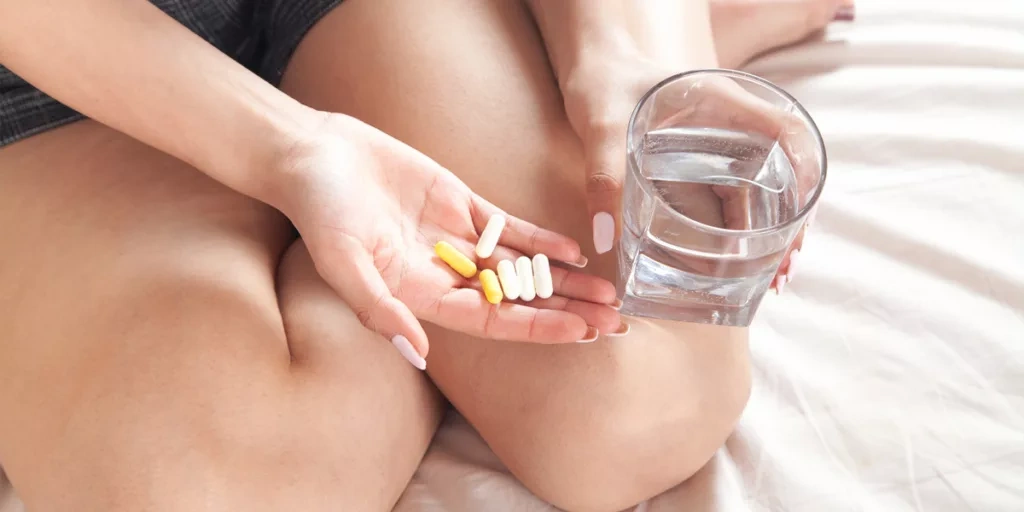

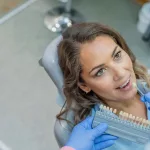




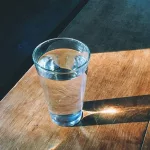
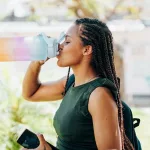







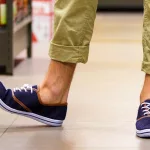
Leave a Reply
You must be logged in to post a comment.